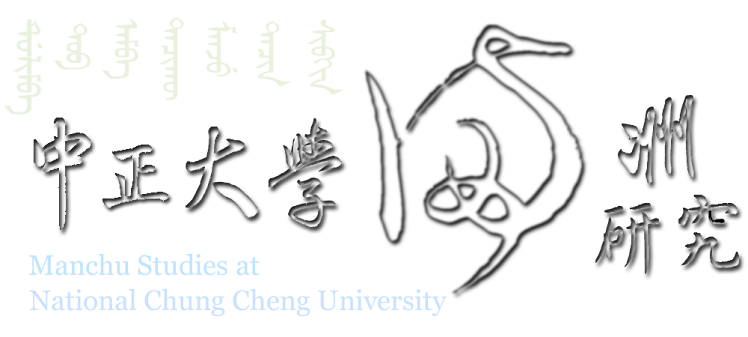Edited by Dittmar Schorkowitz, Max Planck Institute for Social Anthropology, Halle/Saale and Chia Ning, Central College, Pella/Iowa, USA
In Managing Frontiers in Qing China, historians and anthropologists explore China's imperial expansion in Inner Asia, focusing on early Qing empire-building in Mongolia, Xinjiang, Tibet, and beyond – Central Asian perspectives and comparisons to Russia's Asian empire are included. Taking an institutional-historical and historical-anthropological approach, the essays engage with two Qing agencies well-known for their governance of non-Han groups: the Lifanyuan and Libu.
This volume offers a comprehensive overview of the Lifanyuan and Libu, revising and assessing the state of affairs in the under-researched field of these two institutions. The contributors explore the imperial policies towards and the shifting classifications of minority groups in the Qing Empire, explicitly pairing and comparing the Lifanyuan and Libu as in some sense cognate agencies. This text offers insight into how China's past has continued to inform its modern policies, as well as the geopolitical make-up of East Asia and beyond.
Contributors include: Uradyn E. Bulag, Chia Ning, Pamela Kyle Crossley, Nicola DiCosmo, Dorothea Heuschert-Laage, Laura Hostetler, Fabienne Jagou, Mei-hua Lan, Dittmar Schorkowitz, Song Tong, Michael Weiers,Ye Baichuan, Yuan Jian, Zhang Yongjiang.
Biographical note
Dittmar Schorkowitz, Ph.D. (1991), Free University of Berlin, is a senior researcher at the Max Planck Institute for Social Anthropology in Halle/Saale (Germany). He has published extensively, including 'Historical Anthropology in Eurasia… and the Way Thither,' in History and Anthropology 23,1 (2012).
Chia Ning, Ph.D. (1992), The Johns Hopkins University, is a professor of history at Central College in Pella, Iowa (USA). Many of her publications are about the Lifanyuan, including, 'The Qing Lifanyuan and the Solon People of the 17th-18th Centuries,' in Athens Journal of History, 1, 4 (October 2015).
Readership
For students of Chinese history interested in socio-cultural processes and the institutional expression of Qing policies, and for history-minded anthropologists who look into the changing practices and habitus of imperial governance.
Table of contents
Preface - Nicola Di Cosmo
Acknowledgments
List of Maps and Illustrations and Tables
Emperors and Dynasties
Contributors
Introduction - Dittmar Schorkowitz and Chia Ning
1 Lifanyuan and Libu in Early Qing Empire Building - Chia Ning
2 The Lifanyuan: A Review Based on New Sources and Traditional Historiography - Michael Weiers
3 The Lifanyuan and Stability during Qing Imperial Expansion - Pamela Kyle Crossley
4 The Libu and Qing Perception, Classification, and Administration of Non-Han People - Zhang Yongjiang
5 Lifanyuan and Libu in the Qing Tribute System - Chia Ning
6 The Qing Court and Peoples of Central and Inner Asia: Representations of Tributary Relationships from the Huang Qing Zhigong tu - Laura Hostetler
7 Manchu-Mongolian Controversies over Judicial Competence and the Formation of the Lifanyuan - Dorothea Heuschert-Laage
8 The Sino-Russian Trade and the Role of the Lifanyuan, 17th–18th Centuries - Ye Baichuan and Yuan Jian
9 On Lifanyuan and Qianlong Policies Towards the Muslims of Xinjiang - Song Tong
10 Lifanyuan and Tibet - Fabienne Jagou
11 From Lifanyuan to the Mongolian and Tibetan Affairs Commission - Mei-hua Lan
12 Clashes of Administrative Nationalisms: Banners and Leagues vs.Counties and Provinces in Inner Mongolia - Uradyn E. Bulag
13 Dealing with Nationalities in Imperial Formations: How Russian and Chinese Agencies Managed Ethnic Diversity in the 17th to 20th Centuries - Dittmar Schorkowitz
Glossary
Index


沒有留言:
張貼留言